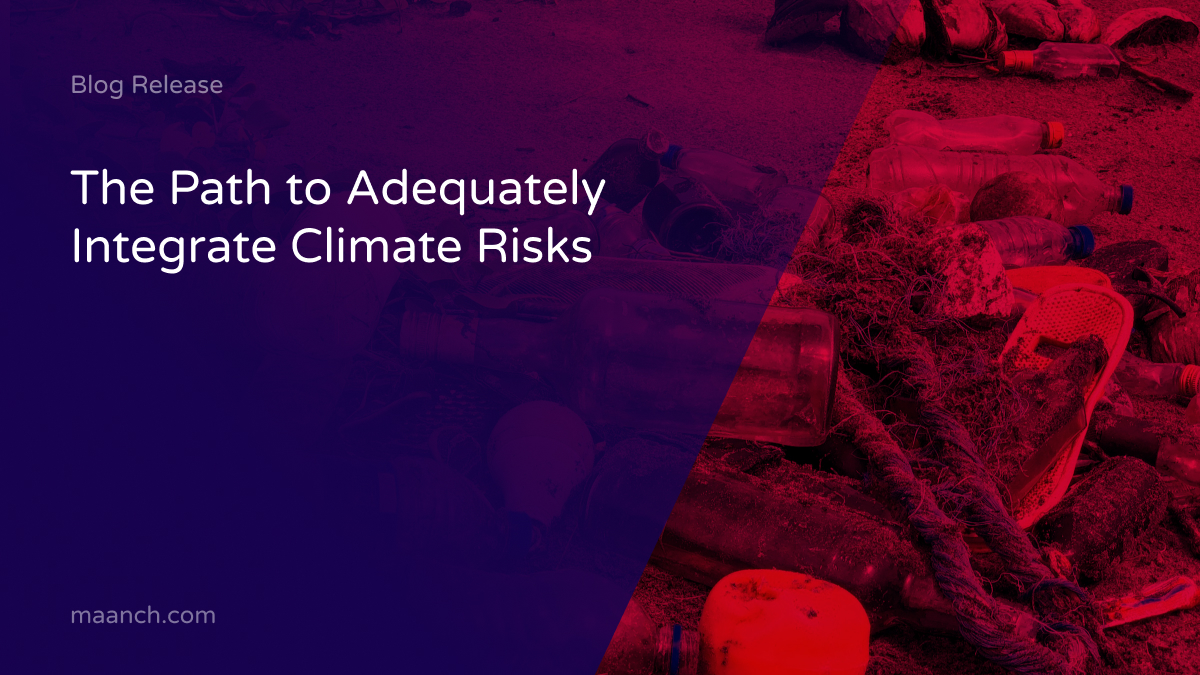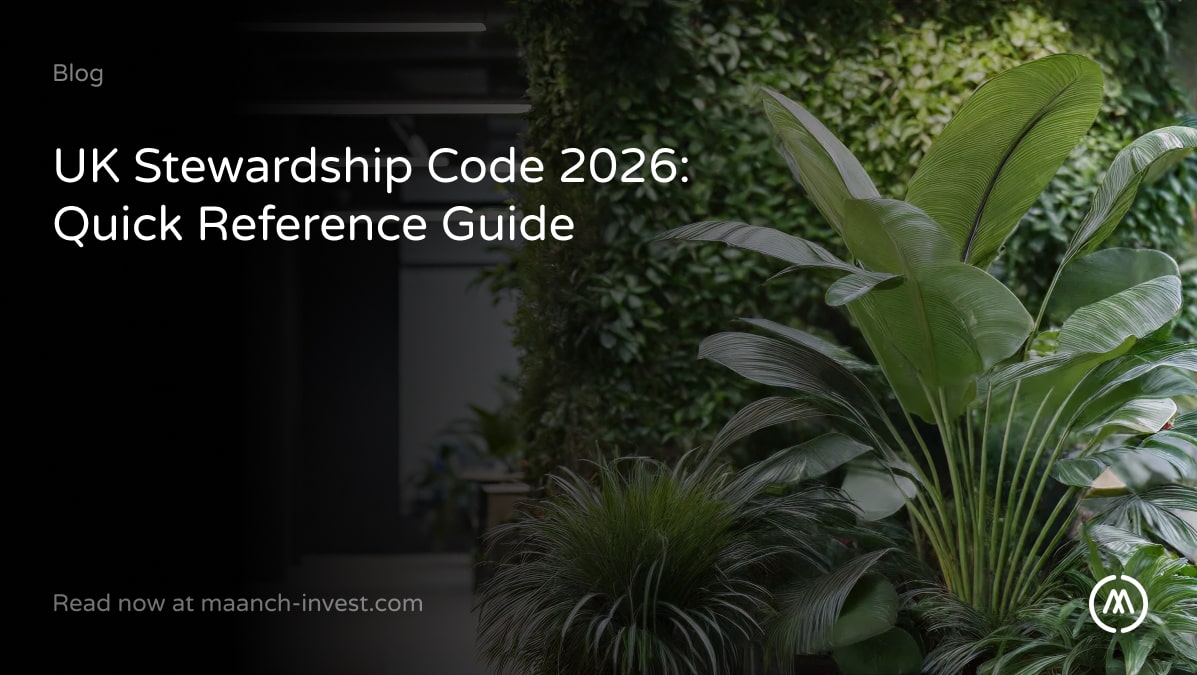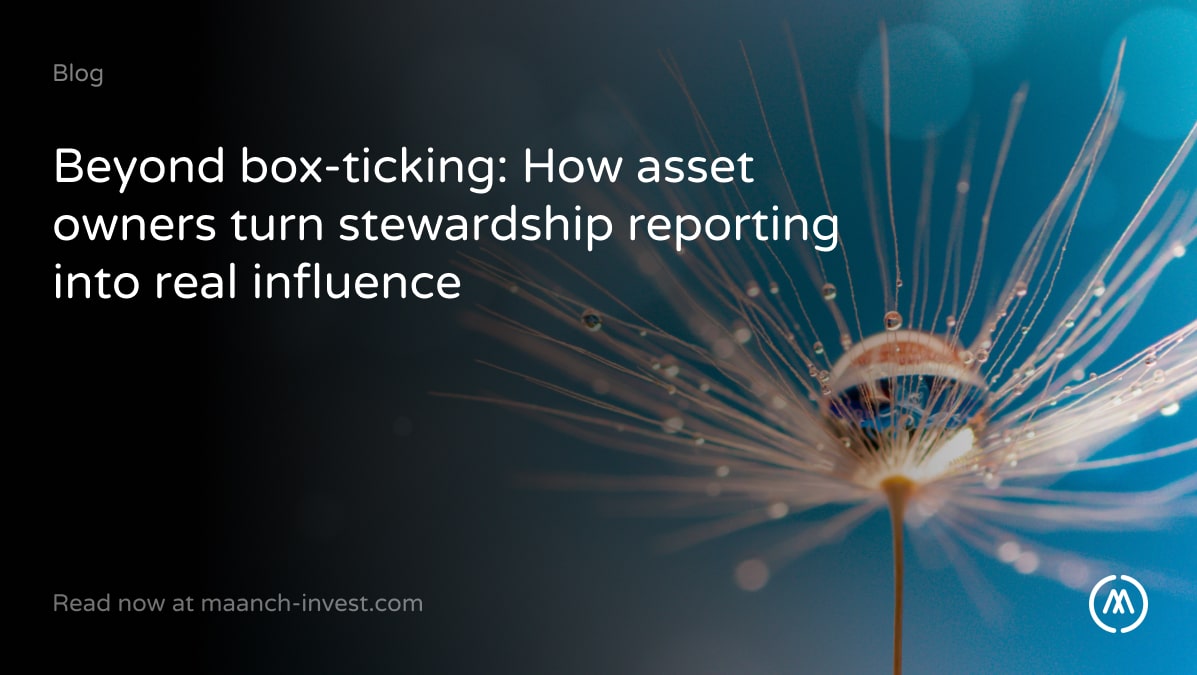In today’s rapidly changing world, integrating climate risks into financial decisions is not just a matter of corporate responsibility—it’s a necessity. Companies and investors are facing increasing pressure to address climate risks as part of their long-term strategies. The Transition Pathway Initiative (TPI) and key reports from State Street Global Investors highlight the steps companies and asset owners are taking to tackle climate risks while recognising the investment opportunities that arise from sustainability.
The Role of the Transition Pathway Initiative (TPI)
The Transition Pathway Initiative (TPI) stands out as a critical tool in evaluating corporate efforts to transition to a low-carbon economy. Its focus is primarily on high-emitting sectors like oil, gas, and mining, industries that play a pivotal role in global emissions. By assessing companies’ management quality (how well they manage climate risks) and carbon performance (how their emissions align with international climate goals), TPI provides valuable insights to investors. The initiative helps investors determine how closely companies align with global climate goals like the Paris Agreement, promoting transparency and accountability. With backing from over 150 supporters managing over $80 trillion in assets, TPI has become a cornerstone for climate-conscious investment decisions.
Sustainable Investing: Climate Risk and Opportunity
The findings from State Street Global Investors in The Climate Opportunity: Shifting Perspectives on Sustainable Investing shed light on the evolving mindset of asset owners, especially those in Europe, the Middle East, and Africa (EMEA). Climate risk is no longer just an environmental concern; it’s a financial one. Nearly 90% of asset owners have assessed the physical, reputational, and technological risks that climate change poses to their portfolios. Additionally, regulatory changes, such as the EU’s Sustainable Finance Disclosure Regulation, are driving the integration of climate considerations into investment strategies.
At the same time, climate change is seen as a burgeoning investment opportunity. Nearly 65% of asset owners believe climate-related investments can lead to outperformance, particularly in sectors like renewable energy, waste management, and energy efficiency. With 97% of asset owners planning to invest in climate-related themes, the focus is shifting toward renewable energy generation, which is a top priority for 43% of investors in the next 12 months.However, challenges persist. A significant portion of asset owners (40%) cite difficulties in accessing high-quality climate-related data, making it harder to measure the real-world impact of their investments. Despite this, the majority are committed to engaging with companies in their portfolios, with 98% having some form of strategy to discuss climate risks, emphasising the importance of stewardship and active ownership.
Impact Investing and the Evolution of Fiduciary Responsibility
Impact investing, which seeks to generate measurable social and environmental outcomes alongside financial returns, is gaining traction. Around 33% of asset owners have integrated impact principles into certain asset classes, such as infrastructure and corporate bonds. This shift indicates a broader understanding of fiduciary duty. Today, 62% of asset owners believe their fiduciary responsibilities include integrating environmental, social, and governance (ESG) factors into investment decisions. The focus, however, remains on monitoring climate-related disclosures, such as emissions data and decarbonisation plans, rather than pushing for drastic changes in business models.
Insights from Asia: The Role of Emerging Markets
While the global shift towards sustainable investing is undeniable, regions like Asia present unique challenges and opportunities. According to Kyung Ah Park, who leads Temasek’s Sustainability and ESG efforts, climate change and environmental degradation pose both physical and transition risks to portfolios. As a result, Temasek, one of the leading asset owners in the Asia-Pacific (APAC) region, is focusing on the integration of ESG considerations across all investments—not just to mitigate risks but to enhance value creation.
Temasek’s approach includes investing in renewables, such as wind and solar energy, as well as in emerging technologies that can drive decarbonisation. The company is also a strong advocate for the use of carbon markets, especially for residual emissions in sectors that are hard to decarbonise. Temasek has ambitious targets: it aims to achieve net zero by 2050 and halve its portfolio emissions by 2030 compared to 2010 levels. However, a handful of companies, such as Singapore Airlines and Sembcorp, account for nearly 80% of its portfolio emissions, making their transformation essential to the company’s overall climate goals.
The APAC region presents significant challenges to international investors, who often view it with caution due to perceived or real risks. However, Asia is crucial to the global net zero transition. With over 50% of the world’s emissions coming from the region and energy demands projected to double by 2050, Asia cannot be left out of the equation. Additionally, over 900 million people in Asia still lack access to reliable energy, which complicates the transition. For investors like Temasek, strategic partnerships and the establishment of dedicated investment platforms are key to scaling the deployment of financial capital while addressing the region’s unique challenges.
Conclusion: Climate Risks as a Catalyst for Change
The path to adequately integrate climate risks into investment strategies is complex but necessary. As highlighted by the Transition Pathway Initiative and reports on sustainable investing, asset owners and companies are increasingly viewing climate risks not only as threats but as opportunities for growth and value creation. While challenges such as data transparency and real-world impact measurement remain, the momentum toward sustainability is clear. Whether in high-emitting sectors or emerging markets like Asia, climate-conscious investments are not just part of a trend; they are becoming integral to the future of finance.



